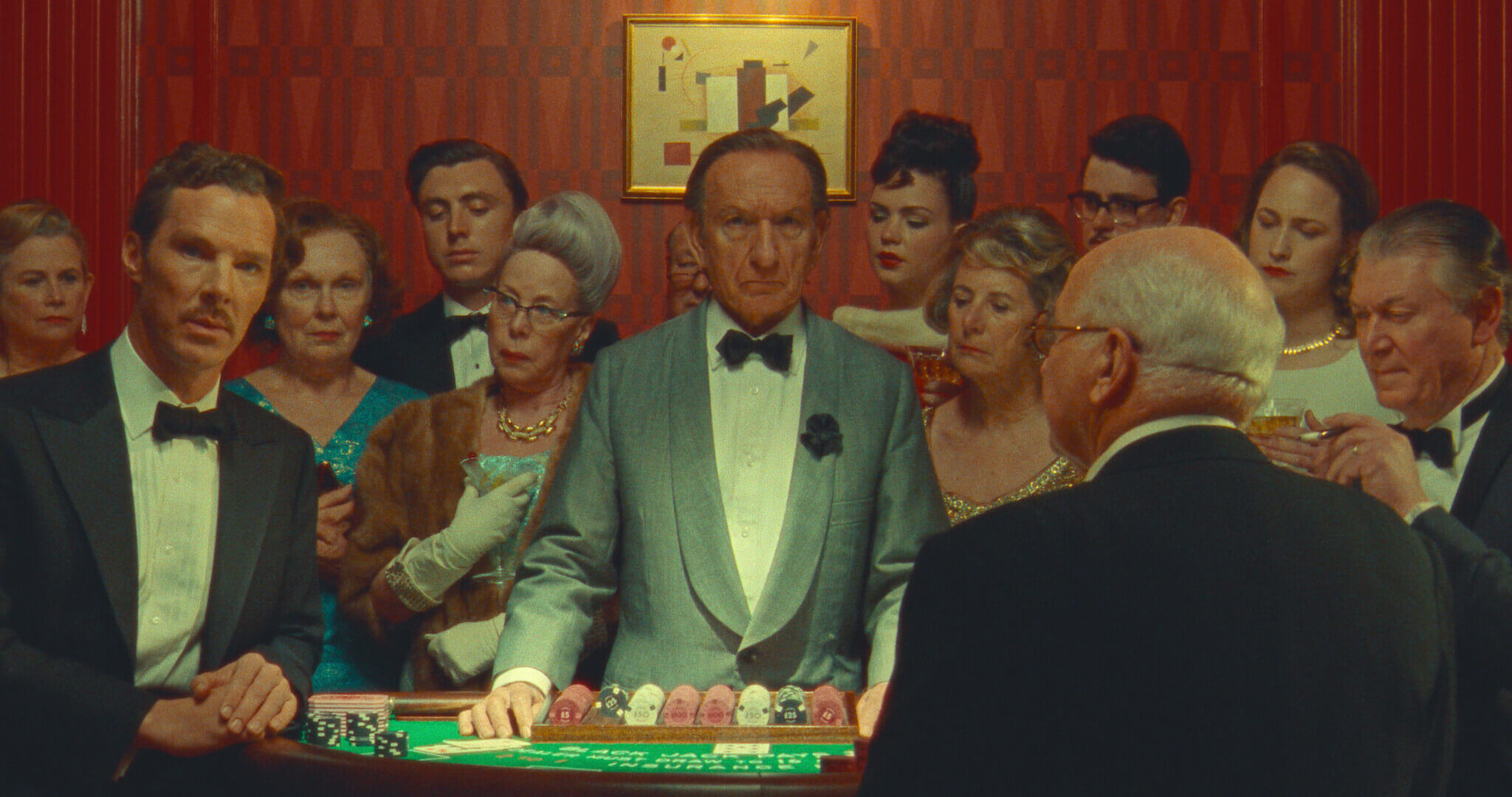Wes Anderson's Whimsical Roald Dahl Shorts: A Cinematic Delight

Wes Anderson, the master of whimsy and visual extravagance, has graced Netflix with a delightful surprise: a series of four short films based on the works of the verbally extravagant author, Roald Dahl. For fans of Anderson's unique style and storytelling prowess, this release feels like an early Christmas gift. The first of these shorts, "The Wonderful Story of Henry Sugar," has already hit the streaming platform, and the remaining three are set to premiere throughout the week. Together, they offer a captivating blend of magic, science, and miracles, set against the backdrop of Dahl's imaginative storytelling.
A Perfect Match: Anderson and Dah
Wes Anderson and Roald Dahl are indeed a match made in heaven. Anderson first ventured into animation with the adaptation of Dahl's "The Fantastic Mr. Fox" in 2009, a move that marked the beginning of a beautiful creative collaboration. Their synergy lies in their shared ability to take mundane events and transform them into otherworldly adventures through the lens of magic and imagination.
The Wonderful Story of Henry Sugar: A Definitive Statement
"The Wonderful Story of Henry Sugar," the first short in this series, is a 39-minute masterpiece that encapsulates Anderson's brilliance as a filmmaker. While it may seem small in comparison to his feature-length works, it stands as a testament to Anderson's finely honed skills and keen self-awareness. The film's focus is not merely on plot, but on form and the emotional truths concealed beneath Anderson's signature symmetrical surfaces. The story follows Henry Sugar, portrayed by Benedict Cumberbatch, an idle and self-involved millionaire who stumbles upon a book detailing a man's remarkable ability to see without his eyes. Henry is inspired to learn this ability, not out of curiosity or altruism, but to enhance his gambling skills. Yet, the narrative transcends this initial motivation, delving into deeper emotional terrain.
Theatrical Storytelling and Layers of Narration
Anderson's storytelling in "Henry Sugar" is layered and theatrical, with multiple storytellers recounting the tale within the tale. Ralph Fiennes plays a writer who narrates Henry Sugar's story, who in turn narrates the story of Dr. Chatterjee, portrayed by Dev Patel, and so on. This intricate narrative web allows Anderson to explore the characters' inner thoughts and motivations, adding depth and richness to the storytelling.
Technical Wizardry Meets Emotional Depth
Anderson's ability to seamlessly merge technical wizardry with emotional depth has long been his trademark. In "Henry Sugar," he continues to dazzle with his cinematic style, all while subtly drawing the audience's attention to the artifice of filmmaking. Painted backdrops and behind-the-scenes glimpses enhance the film's charm and provide a window into Anderson's evolving approach to artifice. As with his recent film "Asteroid City," he pulls back the curtain to reveal deeper emotional truths than one might expect.
A Must-Watch Cinematic Delight
"The Wonderful Story of Henry Sugar" is a testament to Wes Anderson's filmmaking prowess. As the first installment in a series of Roald Dahl adaptations, it sets the stage for a cinematic feast. For fans of Anderson's distinctive style, this release is a cause for celebration, showcasing his ability to both delight and surprise, even within the constraints of a short film. As we eagerly await the arrival of "The Swan," "The Ratcatcher," and "Poison" on Netflix, we can revel in the joy of experiencing the work of a director at the height of his creative powers.
In a world filled with parodies and imitations, Anderson's unique style shines through, reminding us that there is more to his filmmaking than symmetrical compositions and quirky characters. It's a cinematic journey filled with wonder, whimsy, and the unmistakable magic of Wes Anderson.